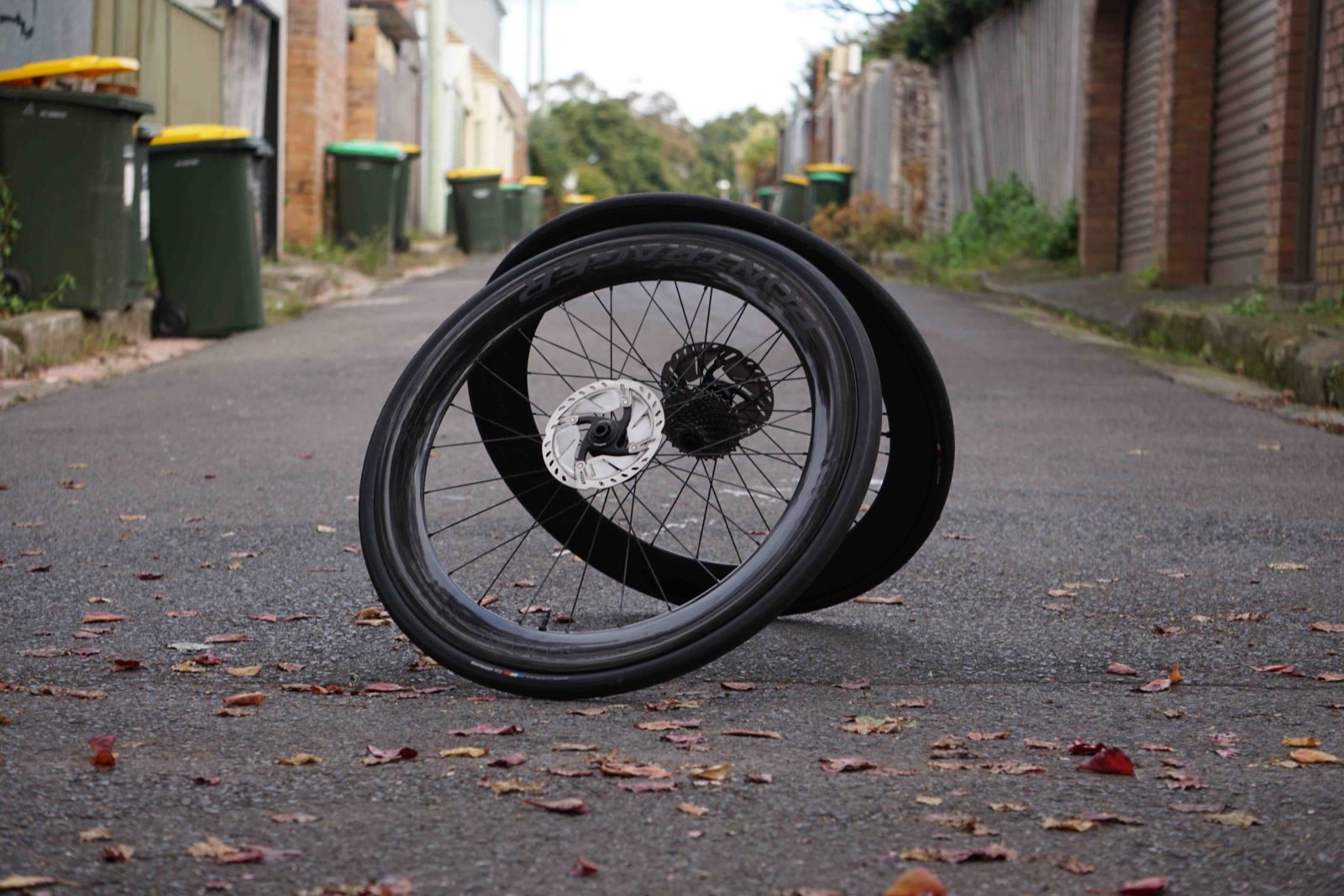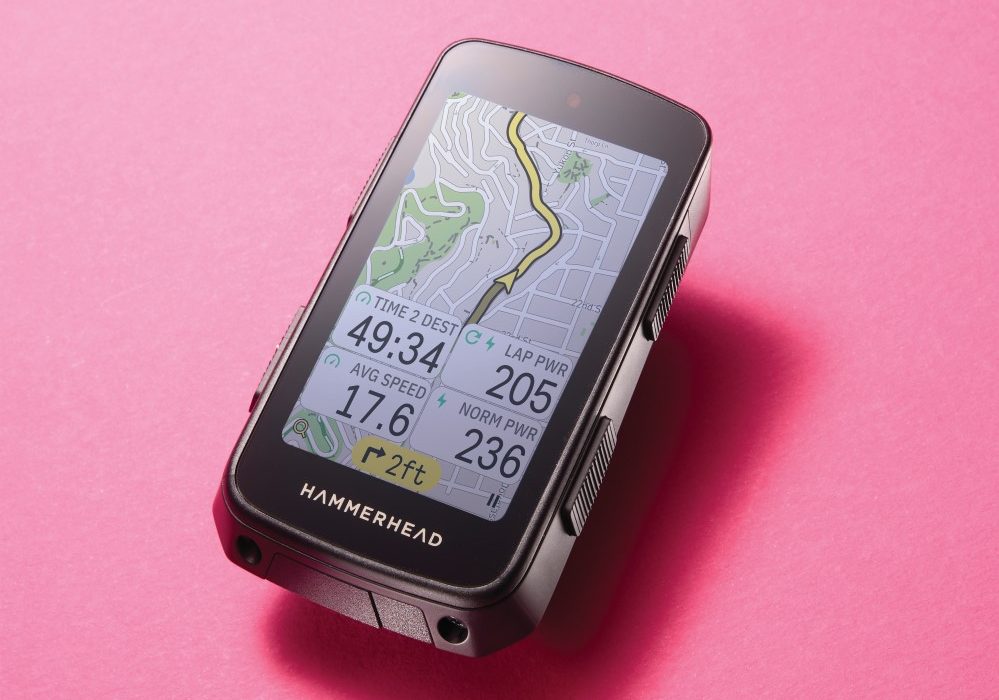
We go on about it all the time – and we’re right to. How much your bike weighs is crucial, argues James Spender
‘A rider, said Anquetil, is made up of two parts, a person and a bike… and in climbing the thing is to make the bike as light as possible… So at the start of every climb, Anquetil moved his water bottle from its holder to his back pocket.’
I’ve always loved this tale from Tim Krabbé’s The Rider.
I have no idea if it’s true, though I can quite imagine this happening in an era when riders stuck pins in their legs to stop cramp and only raced on tubulars that had been ‘seasoned’ – stored in a dark room for several months in the belief this hardened the treads, thereby making for faster, more puncture-resistant tyres.
But I digress.
The point is, Maître Jacques was onto something.
How much your bike weighs is absolutely crucial. Let’s consider Anquetil’s situation: climbing.
Now, I’m neither a physicist nor a mathematician, so please cut me some slack, but in mechanics I know that ‘work = force x distance’.
Force is defi ned as mass (in kg) multiplied by gravity (9.81m/s²), so the equation for the energy needed to climb a mountain is ‘work = mass x gravity x height’.
Imagine scenario A: Jacques (70kg + 10kg bike) is climbing Mont Ventoux (vertical gain 1,601m), that means his work done is 80 x 9.81 x 1,601 = 1,256,465 joules.
But we are cyclists, so we don’t know what joules means.
But we do know a watt is the equivalent power of a joule per second (J/s), so if Anquetil is to make his ascent in a respectable 70 minutes (4,200 seconds), his power output must average 1,256,465/4,200 = 299W.
Now let’s imagine scenario B, in which we add a kilo to Anquetil’s bike and ask him to make the same time.
Suddenly his required power shoots up by a whopping… three watts. Ahem. Not as much as I thought.
Still, it’s a useful takeaway: the relationship between weight and watts is directly proportional, so if you increase weight by X%, you increase the necessary wattage by X%.
The spin
Let’s consider the energy cost of weight in terms of food, because fast riders are fuelled riders.
A kilocalorie (how we tend to measure our food, erroneously known as a calorie) is roughly 4.2kJ, so in scenario A, Anquetil needs to eat around 300kcal to crest Ventoux, or about 200g of game meat and a glass of champers.
Scenario B Jacques needs a whole 3.74kcal more, that’s… a twelfth of a Scotch Finger.
I can see I’m not convincing you. But let’s move Anquetil’s bidon (call it 600g) from his bike to his jersey pocket and… nothing changes.
Only I swear it does, it really does. Weight matters.

First, have you ever ridden a heavy bike versus a light bike? Like a 6.8kg bike versus an 8.5kg. They feel totally diff erent.
I admit that if you weigh, as I do, 80kg, a 1.7kg increase in bike represents a 2% increase in rider + bike weight, which sounds negligible.
Until you consider the act of climbing. Here, you stand up and throw the bike side to side as you pedal.
Like a pendulum, it moves left-right through an arc.
If that bike is lighter, you have less mass to move, therefore it’s easier to move a lighter bike side to side and therefore it is easier to climb on a lighter bike.
How much easier? 1.7kg is a 25% increase to a 6.8kg bike, and since work = force x distance, that means the 8.5kg bike takes 25% more energy to swing side to side on a climb – so Anquetil’s Bidon is right.
What is this energy costed out in terms of watts, poultry or biscuits? I don’t know.
Not only am I not a mathematician, but at school I needed extra tutoring to pass so as not to disappoint my father (both a maths teacher and disappointable).
But I digress. Weight has to mean something.
Otherwise why would professionals curse heavy bikes? Why would every new bike promise to be lighter? Are you seriously telling me the pros are wrong and bike manufacturers don’t have my best interests at heart? Then consider this: where weight is located on a bike matters loads.
A spinning wheel takes energy both to rotate as well as to be moved forward – it’s why if you put a bike upside down and turn the pedals it still takes a fair amount of eff ort to spin the rear wheel.
It’s also why I defy anyone not to feel the diff erence between pedalling off on a pair of Mavic Aksiums (1,905g) versus a pair of Brisk Ultralight wheels (720g – yes really. Tubs, though).
In an excellent exposition by Seb Stott at pinkbike.com, he explains that saving weight at the rotating edge of a wheel (e.g., a lighter rim and tyre) is worth double the saving in the frame.
Or in other words, saving 100g on tyres is the same as shaving 200g from your frame or non-moving components.
And what of the moving components such as cranks or the shoes attached to them? This principle extends to them too, and thus proves my point.
Ex-pro Adam Hansen made himself 76g carbon shoes and rode 20 consecutive Grand Tours.
You join the dots. Weight matters, everywhere.
It’s science and I swear I can feel it.


